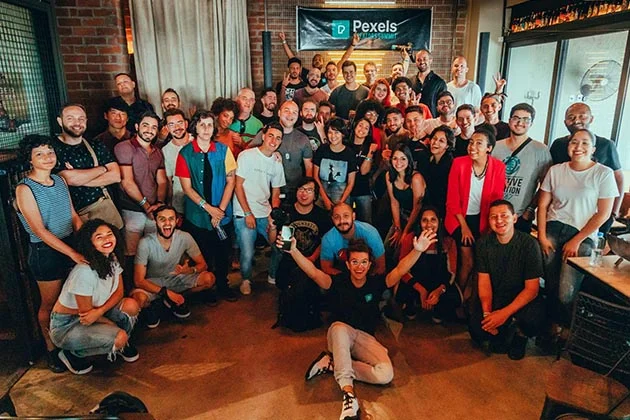Wouldn’t it be lovely if everyone at work was the same as you and thought like you? It would make everything easy because you would never get in anyone’s way, be misunderstood, or have misaligned priorities.
However, people are different, and if you worked with a team composed of your personality clones, things would get boring and unimaginative very fast.
How do you get people who probably don’t like each other to pull in the same direction to achieve an organization’s goal? Well, that’s what this article tackles to make you an effective project/team leader.
Let’s dive in and learn how to manage different personalities in the workplace.
1. Get To Know the Team
You can lead a team effectively if you know each member well enough. What motivates them? What are they good at? What do they like about their role? What do they need to succeed?
Understanding how individuals prefer to work, interact, complete projects, be assigned tasks, participate in meetings, and behave can help you manage their unique quirks, prevent conflict from arising, and effectively lead the group.
2. Leverage Their Strengths
It is not uncommon to find team leaders who identify weaknesses in team members and help them improve. However, while pointing out flaws may be helpful, the dynamic changes when you focus on their strengths.
A Gallup study showed that identifying and enhancing strengths is more effective than trying to improve weaknesses. Employees often respond by developing a stronger work ethic that perceptibly shows in their work.
3. Create A Conducive Environment
While there are many things you can do to make the environment conducive for everyone, a Harvard Business Review study found that the essential foundational element has to be respected. Meanwhile, another study by Crucial Conversations found that 95% of a company’s workforce finds it challenging to speak up about concerns.
It is critical that team members feel involved in the process and that they are respected by their colleagues and you, the leader. Even with differences, respect and the ability to voice concerns smooth out would-be personality obstacles to push toward the same goal.
4. Tell And Show
If what you say and what you do are inconsistent, no one will take you seriously. This can negatively impact team engagement and trust, which leads to team dysfunction. Leading by example means that you have to:
- Get involved; show the team that you want what you’re asking of them.
- Put people first by listening to them, motivating them, and inspiring them.
- Avoid micromanaging, which causes frustration and low morale.
- Be flexible. Make room for the team and weather the changes (good and bad) together.
The most important thing is listening. Sometimes, the team will have insights on how they can work better with your help.
5. Manage Conflicts
Even the most effective project managers can prevent disagreements from arising during a project. Personality conflicts are identified as the leading source of workplace conflict, responsible for 49% of all reported professional disputes, as determined by a CPP Global report.
It’s crucial to step in and act as an arbitrator rather than a dictator. Given that you have a stake in the result, you won’t be an impartial, unbiased mediator. Still, if you utilize your arbitration abilities rather than your position of power, you’ll be more successful in advancing everyone’s interests.
As a team leader, you must look inward and consider your personality-based reactions before you judge an employee for any number of reasons. Try to get in their shoes and understand what caused something to happen, as it is easier to find an amicable solution that resolves the conflict.
6. Prioritize Objectivity
As a leader, you cannot mix your personal feelings about someone with what they do at their job. A team member might have certain habits or behaviors that diverge or rub you the wrong way. However, personal opinions must be separated from the objectives when thinking about, discussing, and even coordinating the team.
Labeling alienates team members, which creates disunity and, ultimately, dysfunction. Judging people based on their preferences actively prevents us from seeing their value, creating frustration and more conflict.
Final Thought: You Control How You View Your Team
Our personality characteristics and cultural origins influence our behavior at work. Everyone has people and experiences outside of work that affect our general attitude, despite our best efforts to keep them separate. Remember that you never know what another individual is going through and that everyone occasionally needs a little wiggle room.
Although you have no control over other people, you have power over how you view them, how you interact with them, and the extent to which they affect how you lead.
With respect and a robust team culture that focuses on what unites the team, you can go a long way as a leader, capable of inspiring people towards a common purpose.










